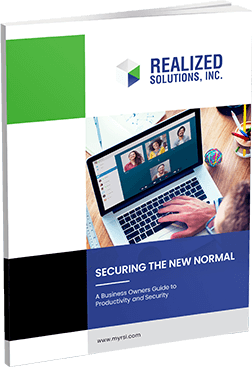User-Acceptance Testing (UAT) is an essential component in maintaining a strong relationship and lays the foundation for good communication and an effective rollout of a new feature. While other types of testing are performed solely by the QA Specialist, UAT is unique in that it allows client users the opportunity to try out new features and changes in a risk-free environment. This is beneficial in multiple ways.
First, every user brings their own perspective and approach while testing. By expanding testing to multiple users, we can apply additional scrutiny on feature’s operability and increase our chances of catching errors.
Second, the users engaged in UAT are experts in their field and can generate unique scenarios that may not have been considered during the initial development cycle.
Third, UAT promotes collaboration and communication between users and the development team as the QA Specialist provides hands-on support and guidance throughout the testing session. By the end of UAT, both parties have a better understanding of how the feature works and how it aligns with user goals.
UAT is most effective for new features that require careful alignment of expectations between the development team and the client. Recently, RSI developed a new feature for the payroll department that required UAT to guarantee proper implementation. The payroll team provided several scenarios and issues they had been encountering and the development team adhered to that information while designing the new feature. To ensure the feature met the payroll team’s standards, the RSI met with the client and worked directly with members of the payroll team as they navigated the updated interface. Throughout the session, the payroll team explained which aspects of the feature were helpful and provided additional clarification about how the feature should be utilized to address the specific issues that had been plaguing their process. Ultimately, while the feature in its initial stage did present some benefits, we agreed significant changes were needed to unlock the feature’s full potential and provide maximum utilization for the payroll team.
Engaging in UAT enabled RSI to develop a stronger alignment with the client on how to improve the applicability of the feature. As a result, we have made considerable strides to improve the feature to fulfill the client’s needs.
By incorporating User-Acceptance Testing, RSI prioritizes the user experience and tailor’s new solutions to the client’s unique needs. The degree of collaboration guarantees we are providing the best product to the client.




